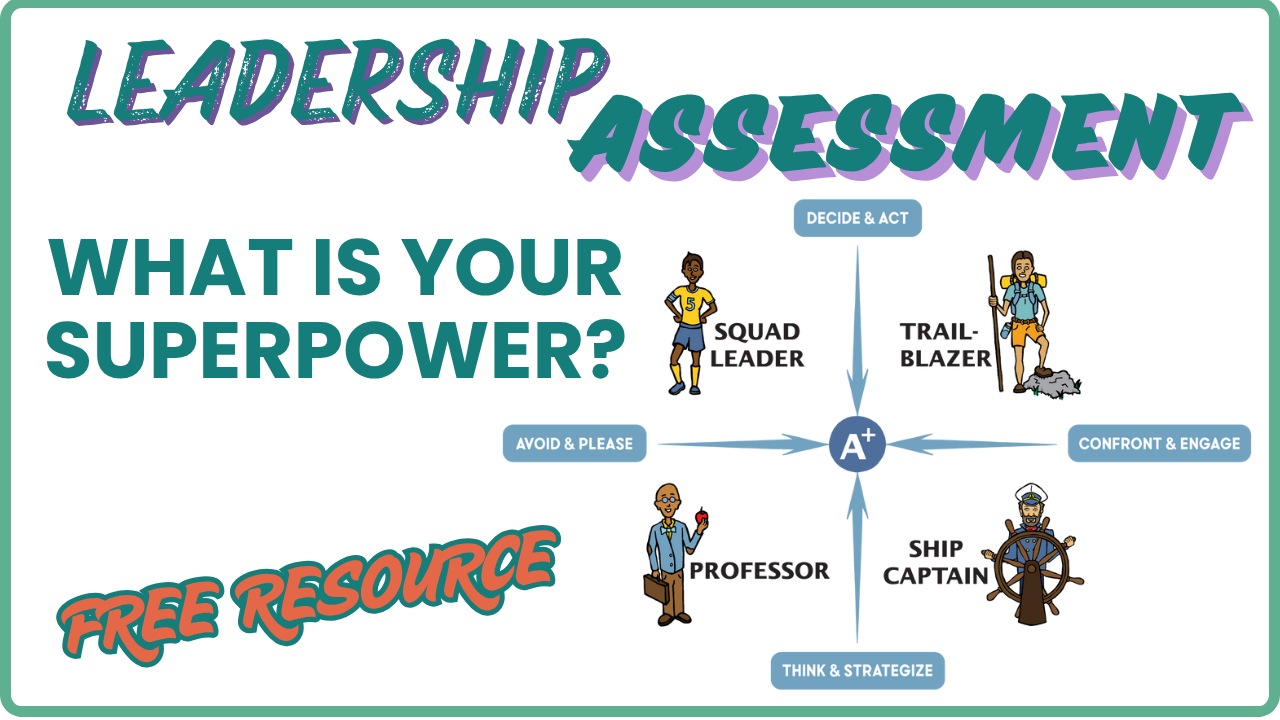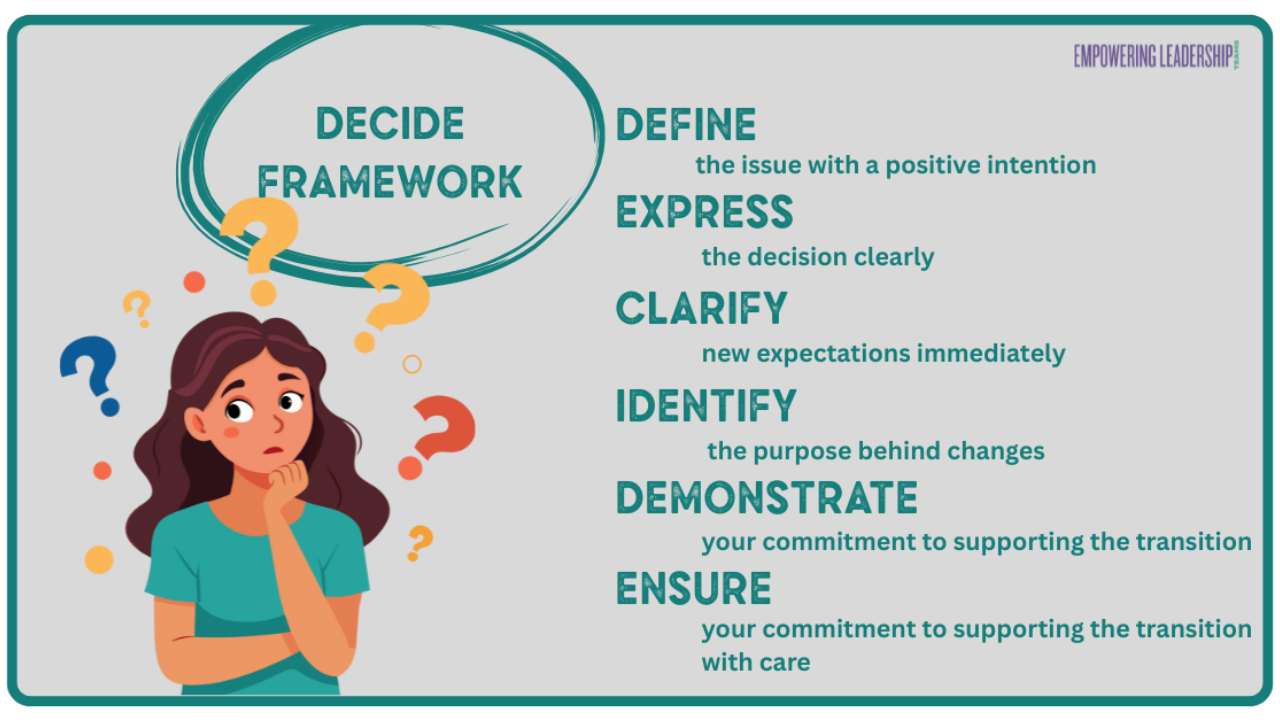High Performance Teams Need Role Clarity

Role clarity is a vital component for an organized and thriving business environment.
The overall vision of business outcomes needs to be defined into goals and the functions that are needed to achieve those goals. You are then clarifying the roles that organize the functional tasks that contribute to the outcome you are going for in your business goals. You need to be able to answer this question: How do we describe the expectations and responsibilities for performance and team interaction for each team member's role so that we create a thriving team that together achieves the overall outcomes in our business?
THE ONLY TIME CLARIFIED DISTINCT ROLES AREN’T NEEDED
IS IN THE EARLY START UP PHASE OF AN ENTREPRENEURIAL BUSINESS
In the early stages of an entrepreneurial business, the business vision, strategic thinking and company goals are often not shared with team members. This business thinking is held in what we call the ‘top of the triangle’ — by only one person. That could be the lead operations person or the lead marketing person, or the CEO themself, the founder. Whomever, only one person holds all the strategic thinking — the specifics of how goals are going to actually get done, evaluation of how all is going, and what outcomes are needed are not transparent to the team, nor translated into the purpose and organizational plan for the tasks they are assigned to get done.
As the business becomes established and growing, it is imperative to change this dynamic.
A healthy, thriving business needs roles and organizational structure to continuously develop along with change to meet the operational needs for achieving business goals.
When only one person carries all the plans and strategies to achieve them, it quickly breaks down. Your team develops to a group of doers of tasks, without developing the business thinking that provides opportunity for their greater contribution. The structure of top down leadership will implode! - and have a strong negative impact on your team and business.
Ongoingly, there are times in business when the current way of operating does not get the same results any longer. It is important to prioritize revisiting to reset role clarity to meet the business needs due to both external and internal change. This process includes revisiting the organizational structure and roles; then discuss and agree on any adjustments that need to be made. Your team needs to function in alignment to the stage of business you are operating in, and the business outcomes you are going for.
It's tricky! As a company develops, if there is lack of role clarity, it’s common for team members to scramble just to keep up. The team becomes focused on doing tasks, without the fulfillment of the sense of contribution that those tasks ultimately are achieving goals. Your team needs to be set up for success in order to experience professional satisfaction and purpose in their work. Functional organizational structure that defines role clarity is essential to attract and retain good talent for optimal business success.
How do you (a CEO or Executive Leader) respond to these questions:
- Do you get frustrated with underperformance on your team? Getting poor results?
- Do team members have trouble communicating all that’s on their plate?
- Does your team have confusion about their responsibilities, individually and collectively?
- Does anyone feel unsafe or misunderstood when doing their part on a project?
- Do any team members feel out of sync with the CEO and/or other people on the team?
If you are reading my blog, my guess is that you answered “yes” to one or more of these questions.
Your team members are wondering:
What is changing in my role? What does this change mean for me? What are the expectations for my part in our teamwork? How can I be successful, and set my teammates up for success? It leads to their thinking: What am I supposed to be doing? I don’t know!
Lack of role clarity is uncomfortable, confusing and frustrating for anyone, no matter their role or responsibility level within your organization.
Think about it. Change impacts the business part, so it’s the obvious first place to focus attention. Unfortunately, what many leaders forget is that this activates the need for development of the human part. It's imperative that role expectations and responsibilities are clarified in consideration of 'what's changed in the business and goals'.
ROLES MUST EVOLVE AND BE DEFINED AS THE COMPANY GROWS
The one exception is in the very beginning stage of an entrepreneurial business. Once a business gains traction, it shifts from start up to stage 2 business growth level. At this point, the business needs your team to develop into defined roles with systems and processes for teamwork interaction designed for achieving outcomes together. There's more activity and complexity — there are established programs or products to deliver, there's defined marketing structures to operate in, and there's daily operations where functional parts of the business need to take form to progress. This is when the founder, CEO or executive leader starts building the team with functional organizational structure that defines each team member's role.
And of course, this is a process that takes time, right? In the beginning, it's all hands on deck as a business moves from start up phase to stage 2 business level a little bit at a time. In this development stage, it is common that one person may hold responsibilities in marketing, program delivery, and doing some of the project management. These responsibilities may define their role for a period of time, yet this will evolve as the business grows and those functional responsibilities will expand or be redefined as what is needed within the teamwork. Role clarity will become more defined as the business grows and working with the changes to clarify, and re-clarify expectations becomes a strategic practice between leadership and the team members themselves.
Signs that your company is needing to restructure and establish more role clarity:
- When one person, or more, is stepping in to do many parts of the business, but not taking ownership for reaching the goals and the needed business outcome.
- The realization that specific people can contribute at a higher level. To perform more responsibly at a higher level requires training, role clarity and reasonable, clear expectations. This includes developing others to be able to hold authority and decision making that is appropriate for their role. Consistent reporting about goals being met towards intended outcomes is a necessary piece.
- Notice when expectations are unclear. This is seen in a team’s confusion and frustration. Inquire and listen to their perspective. Resolve this together.
- As a CEO or executive leader, you recognize “letting go” to others on the team, or hiring, is needed because you can no longer carry it all. Ask: What's my part now? This begins the restructure process. During this change, it impacts everyone’s role, and may require new hires. Throughout, frequently share information.
- To avoid uncertainty, communicate plans and progress, and welcome feedback and problem solving. Ask: What has changed? What is the impact on current roles? Are there gaps in the team structure for functional parts needing to be filled? Is our organizational structure and functional roles aligned to current business goals we desire to achieve?

I’ve given you some questions to consider and discuss with your team. Next, I suggest you check out my blog on Creating a Functional Org Chart. To assure that your company is functioning at its best, let’s look at how to create an organizational chart that is an ongoing, evolving road map to how your team operates. It needs to be a written representation that stays current with change.
If you don't have a functional organizational chart, just know that it's a game changer! It will move the needle, literally aligning your team members for optimal performance, so that everyone contributes to achieve business success at a higher level.
Okay, so get ready to create a Functional Organizational Chart draft. This is the next step in your process of role clarity and performance fulfillment. Your team is a valued asset of your organization - a thriving team is essential for business success. Role Clarity is key!
I’ll walk you through how to create your organizational chart in my blog titled, Your Business Needs a Functional Organizational Chart.
Let’s do it!
Barbara

















